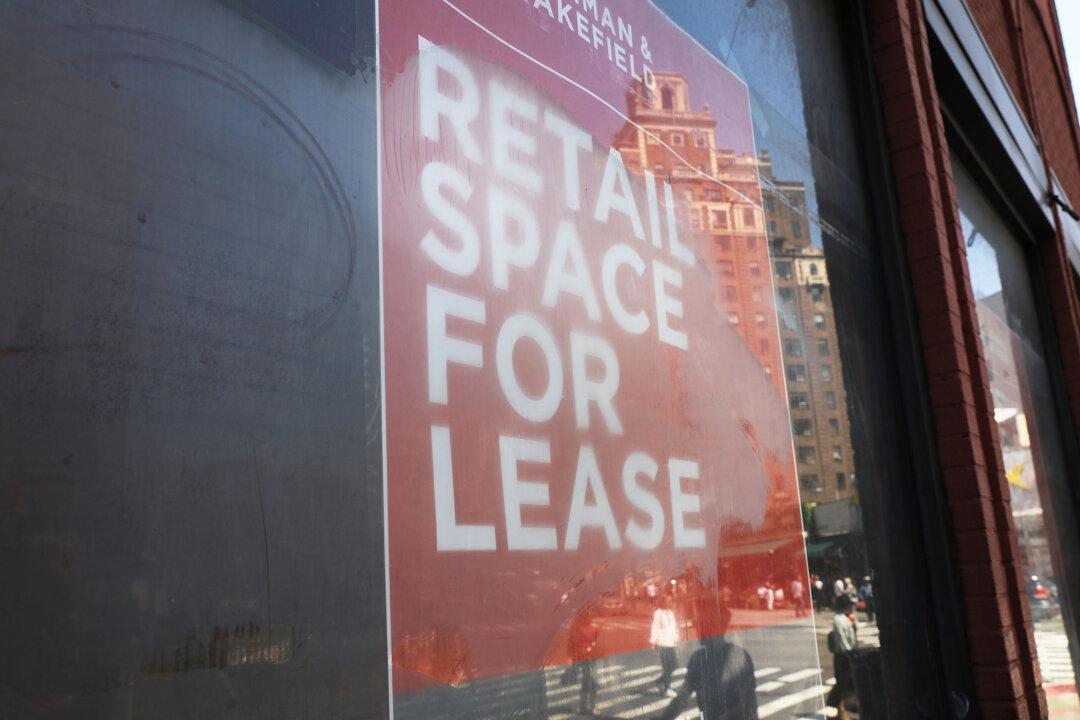Commentary
Whole server racks (the equivalent of whole forests in the print era) have been sacrificed to stories about “The Retail Apocalypse” and the “Death of Retail.” All the stories present a binary view: retail is dead; retail isn’t dead.

Whole server racks (the equivalent of whole forests in the print era) have been sacrificed to stories about “The Retail Apocalypse” and the “Death of Retail.” All the stories present a binary view: retail is dead; retail isn’t dead.